Kitchen table -- granite slab top
attofarad
11 years ago
Featured Answer
Sort by:Oldest
Comments (13)
brickeyee
11 years agoattofarad
11 years agoRelated Professionals
Lindenhurst Cabinets & Cabinetry · Miami Carpenters · North Las Vegas Carpenters · Wentzville Carpenters · Avondale Flooring Contractors · Danbury Flooring Contractors · East Palo Alto Flooring Contractors · Eustis Flooring Contractors · Inver Grove Heights Flooring Contractors · Madison Flooring Contractors · Plymouth Flooring Contractors · Sun City Flooring Contractors · Walnut Creek Furniture & Accessories · Mill Valley Furniture & Accessories · Moraga Furniture & Accessoriesbrickeyee
11 years agoattofarad
11 years agobrickeyee
11 years agoattofarad
11 years agobrickeyee
11 years agoattofarad
11 years agobrickeyee
11 years agoattofarad
11 years agoattofarad
11 years agoattofarad
11 years ago
Related Stories
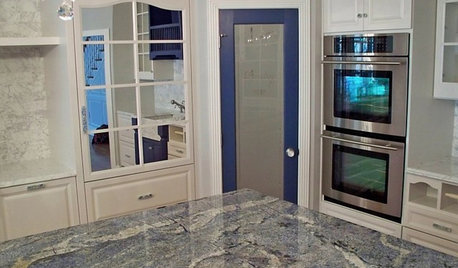
KITCHEN COUNTERTOPSKitchen Counters: Granite, Still a Go-to Surface Choice
Every slab of this natural stone is one of a kind — but there are things to watch for while you're admiring its unique beauty
Full Story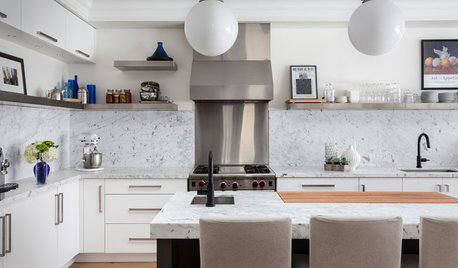
KITCHEN BACKSPLASHESWhy You Should Embrace a Solid Slab Backsplash
The effect is stunning, and yet the cost can be minimal. Here’s what to know about using full slabs of stone in your kitchen
Full Story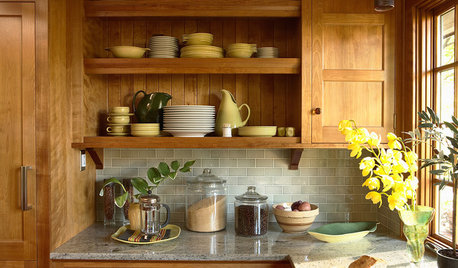
KITCHEN BACKSPLASHESHow to Choose a Backsplash for Your Granite Counters
If you’ve fallen for a gorgeous slab, pair it with a backsplash material that will show it at its best
Full Story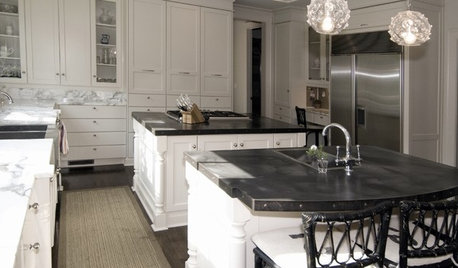
KITCHEN COUNTERTOPSKitchen Countertop Materials: 5 More Great Alternatives to Granite
Get a delightfully different look for your kitchen counters with lesser-known materials for a wide range of budgets
Full Story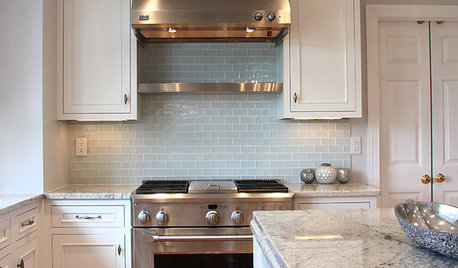
KITCHEN DESIGN5 Favorite Granites for Gorgeous Kitchen Countertops
See granite types from white to black in action, and learn which cabinet finishes and fixture materials pair best with each
Full Story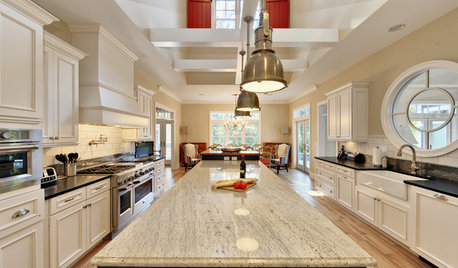
KITCHEN COUNTERTOPSKitchen Countertops: Granite for Incredible Longevity
This natural stone has been around for thousands of years, and it comes in myriad color options to match any kitchen
Full Story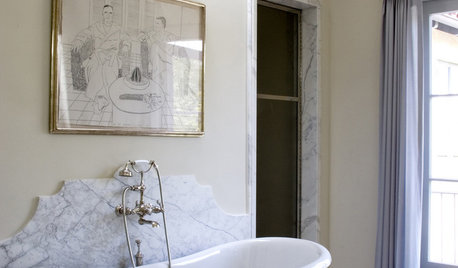
MATERIALS10 Modern Marble Looks
Marble has broken free of the standard kitchen countertop slab and is showing up on bathtub backsplashes, modern dining tables and more
Full Story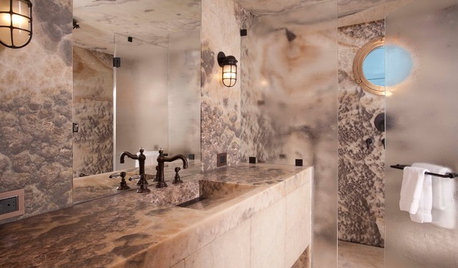
STONEGive In to Your Wild Side With Exotic Granite and Onyx
Go beyond the standard slab with these radiant and rare stones
Full Story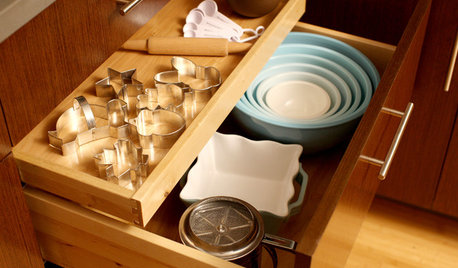
MOST POPULARThe Top 10 Houzz Articles of 2014
Get practical advice on kitchens, bathrooms, decorating, storage and more with the most viewed stories of the year
Full Story





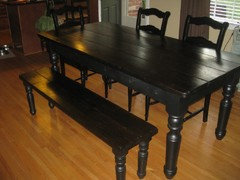
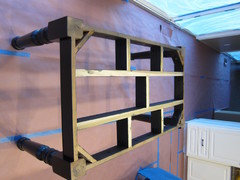
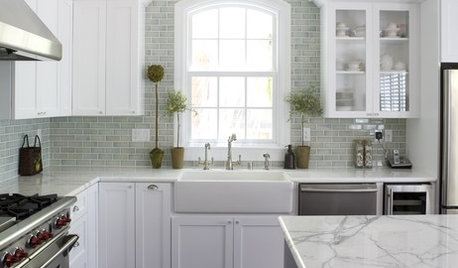
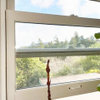


mays802